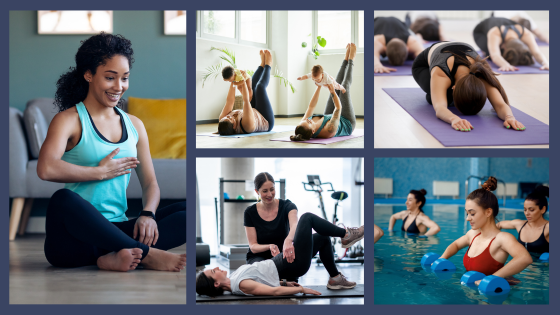Have you recently given birth and are looking for the best exercises to help with postpartum recovery? Regular workouts provide numerous health advantages before and after giving birth. Some of these benefits include weight loss, psychological wellness, boosted aerobic fitness, and social interaction. When you exercise after giving birth, it can fast-track recovery and help with toning and muscle strength.
However, it is essential to always speak to your doctor or midwife before postnatal workouts. It is also recommended to wait at least six weeks until after your six-week postnatal check-up with your physician before starting your exercise program. Not all women are created equal, and whether you are ready to exercise is dependent on various individual factors.
7 Best Exercises To Help With Postpartum Recovery
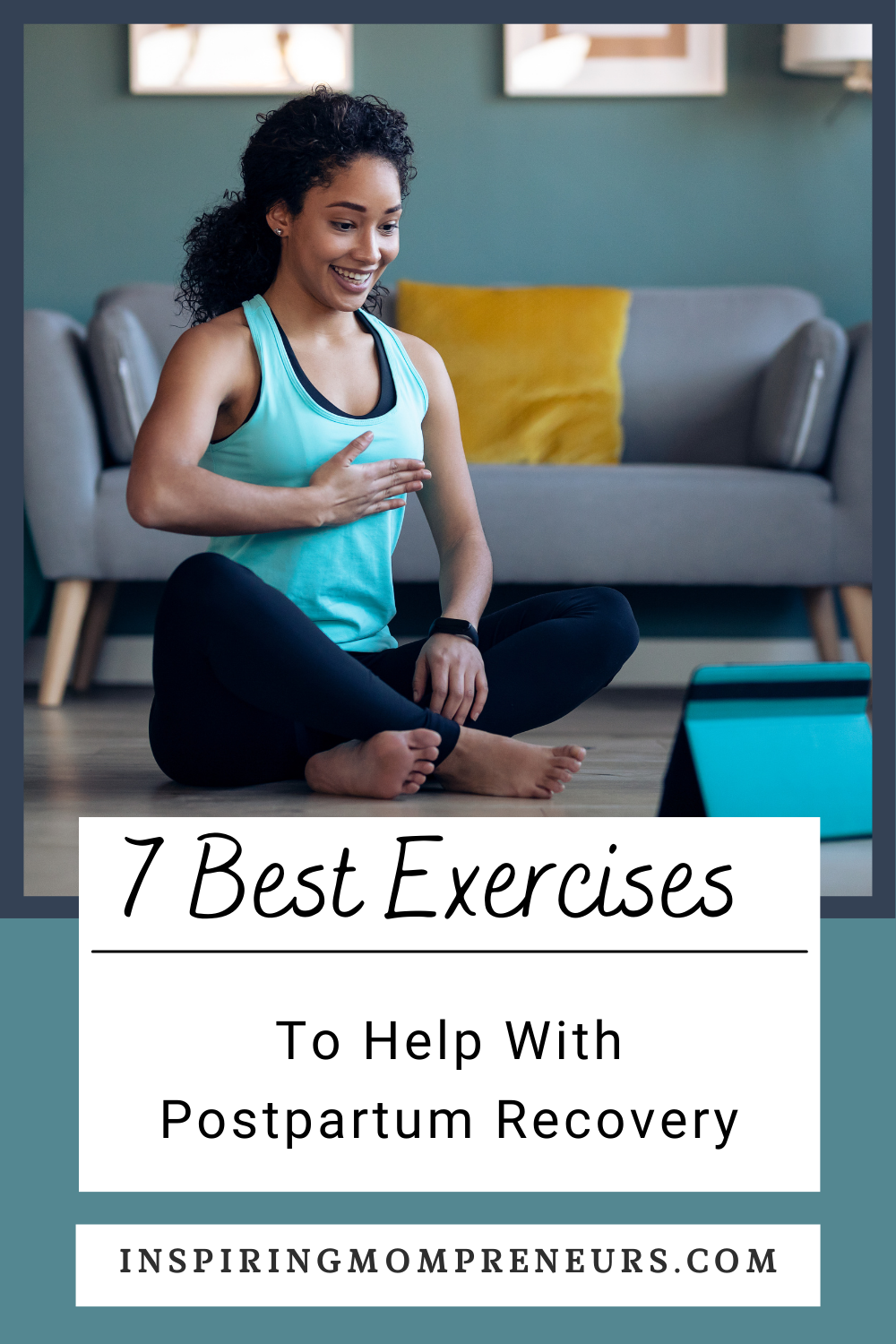 Hypopressive Exercises To Help With Postpartum Recovery
Hypopressive Exercises To Help With Postpartum Recovery
Hypopressive exercises entail lessening the pressure in the thoracic, abdominal, and pelvic cavities. You can do them to get a more toned and aesthetically pleasing abdomen or to strengthen your pelvic floor muscles.
They are essentially breathing exercises that have gained immense popularity, in particular after childbirth, to tighten abdominal muscles. Hypopressive exercise substantially focuses on posture muscles, while breath control exercises help burn calories and boost metabolism.
Hypopressive exercise involves contracting your abdominal muscles after exhaling completely. This is combined with specific positions to help tighten the muscles to get the most out of your workout.
After completely exhaling, you will raise your organs into your ribcage without inhaling, hold the position for a few seconds, and then relax. You will then breathe in again.
How To Get Started
- Sit in a relaxed position but with your back straight.
- Inhale while opening your ribs before letting it out and discharging all of your air.
- Once no air is left, do not inhale. Block your breathing so that no air can exit or enter. If it’s your first time doing hypopressive exercises, use one hand to pinch your nose and the other to close your mouth.
- Now open up your ribs again, pretending to breathe but not actually breathing in. You will feel your organs lifting into your ribcage.
- Hold the position for four seconds before breathing in, rest.
An excellent tip is to prevent your chin and shoulder from lifting up while doing the exercise. You must be relaxed.
5 Best Exercises for Postpartum Recovery – After six-week doctor or midwife check-up
- Swimming – after bleeding has ceased
- Postnatal yoga
- Pilates
- Aqua aerobics – once bleeding has stopped
- Low-impact aerobic exercises
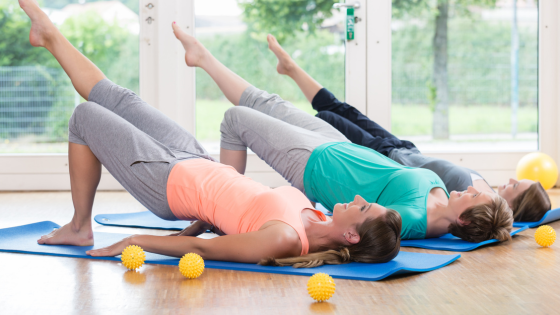
Best Exercises for Postpartum Recovery – 12-16 Weeks After Giving Birth
You can now do higher-impact workouts like sports or running – while putting more volume and load on your pelvic floor. However, this should be under the supervision of a pelvic or women’s health physiotherapist.
Best Exercises for Postpartum Recovery – After 16 Weeks Postnatal
You can now slowly increase workout intensity at a rate that considers abdominal and pelvic floor levels and any recurring postnatal complications. First, speak to your midwife or doctor for precautionary measures or recommendations.
Pelvic Floor Exercises
Your pelvic floor muscles are between the pubic bone and tailbone, and support your uterus (womb), bowel, vagina, and bladder. These muscles can weaken with childbirth and cause issues like incontinence at a later stage. Pelvic floor muscles can be exercised while sitting, lying down, or standing. Try to relax your stomach muscles and refrain from holding your breath or bearing down. Slowly squeeze and intensify tension until you’ve contracted your muscles as hard as possible. Gently and gradually release before doing the following:
- Squeeze gradually and hold for 5-10 seconds; release slowly – repeat this ten times.
- Do short, hard, and quick squeezes – repeat ten times.
- Squeeze the muscles, then cough lightly and clear your throat – repeat three times.
- Aim to do at least five or six sets of these exercises every day.
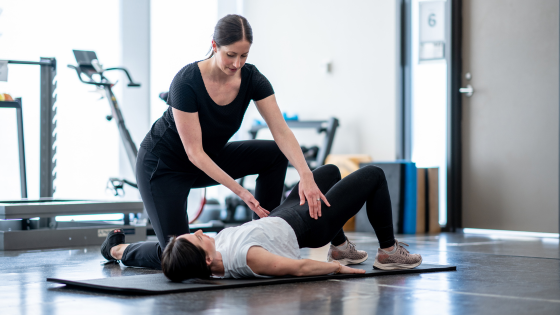
What Are The Advantages of Postnatal Exercises?
Exercising after childbirth can boost mental and physical health, which include:
- Firming up your body and restoring muscle strength
- Promoting weight loss
- Making you feel less fatigued because it amplifies energy levels and improves your overall sense of wellbeing
- Improving mood, stress relief, and prevention of postnatal depression
- Conditioning abdominal muscles
- Boosting cardiovascular fitness levels
When Should You Start Doing Postnatal Exercises?
You can start doing gentle exercise, for instance, walking, a few days after childbirth, as soon as you feel comfortable doing so. Do not put pressure on yourself – begin once your body feels up to it. Also, speak with your doctor if you’re unsure about when the ideal time is for restarting your exercise program.
During the first six weeks after childbirth, most of the changes your body has undergone during pregnancy will return to normal. If you had a c-section, complicated birth, or postpartum complications, it might take a little longer to restart your exercise regime. If you haven’t done any exercises during pregnancy, it’s best to start slowly and do easy exercises before attempting the harder ones.
Always make sure that your abdominal muscles have mended before starting vigorous stomach exercises, like crunches. Also, don’t be too hard on yourself if you don’t feel up to it or your exercise plans do not go according to plan – remember you have just given birth. Give yourself enough time until you’ve gotten used to your new routine as your little one settles in.
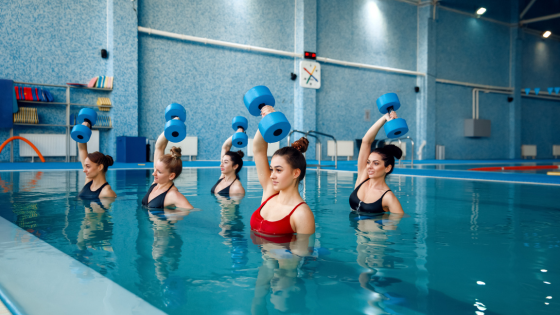
Warning Signs to Take it Easy
Do not overdo it or overexert yourself. If you experience any of these warning signs, you need to slow down:
- Feeling unwell
- Experiencing a heavier postpartum vaginal flow (lochia)
- Your lochia is showing color changes (pink or red)
- Your muscles ache, pain, or strain
- Lochia begins flowing again after it stopped
- Breast tenderness or lumps
Final Thoughts
We hope you have enjoyed reading our post about the best exercises to help with postpartum recovery. Remember to always consult your doctor or midwife before restarting your exercise program after childbirth. Most importantly, take it easy on yourself – give yourself enough time to recover and settle into your new routine with your little one before starting a new workout regime.


